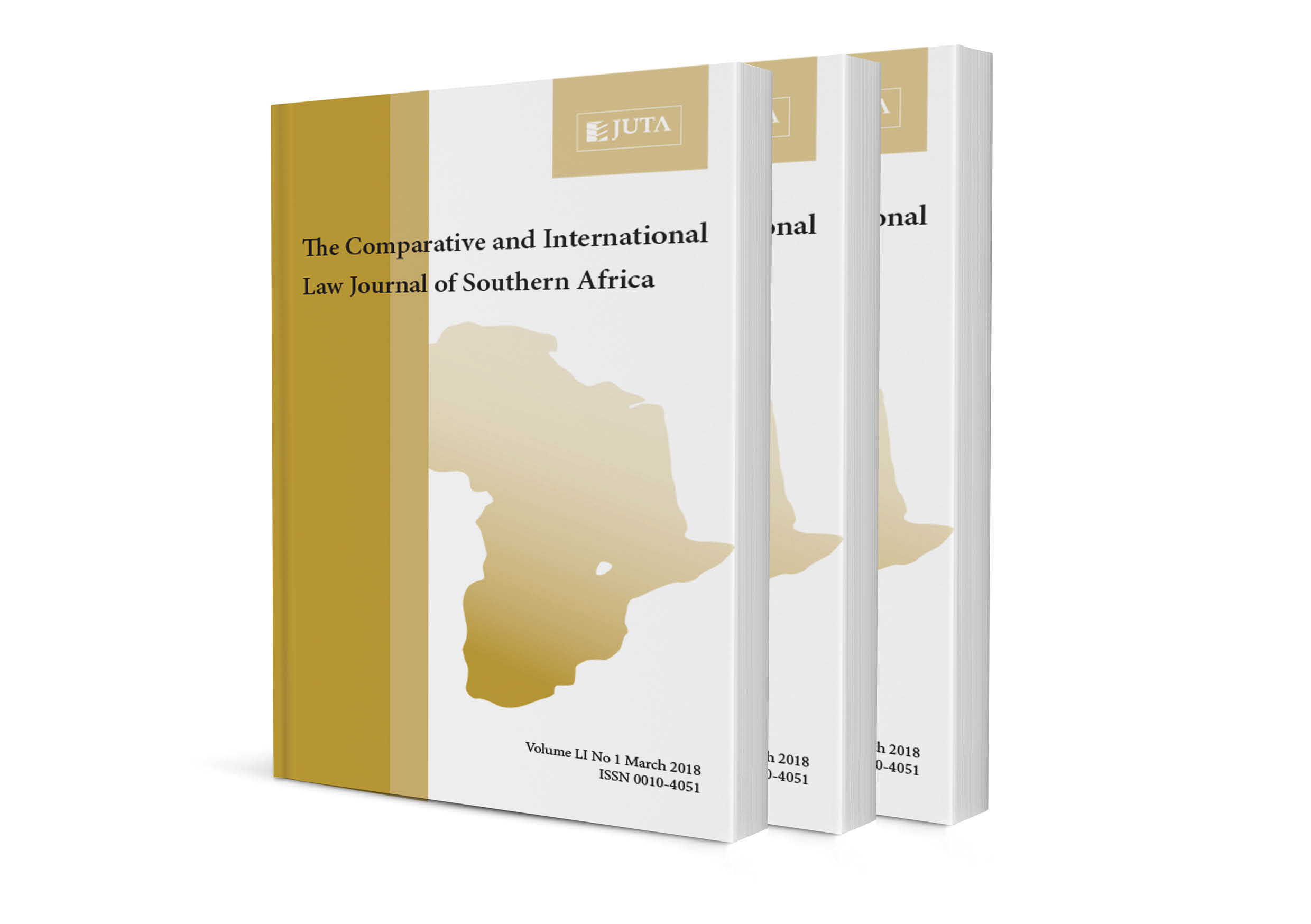
The Indian Approach to Criminal Justice: The Role of Traditional Courts as Alternative Dispute Resolution Mechanisms
Authors Navilla Somaru & Christa Rautenbach
ISSN: 2522-3062
Affiliations: Chief Prosecutor at the National Prosecuting Authority of South Africa; Professor of Law, North-West University (Potchefstroom Campus)
Source: Comparative and International Law Journal of Southern Africa, The, Volume 53 Issue 2, p. 130 – 169
Abstract
South Africa and India both struggle with a high crime rate and case backlogs in the mainstream courts. Both countries have a pluralistic system where state law consists of formal law and customary law. Both have mainstream and traditional courts following dispute resolution based on traditional values and principles. The panchayat system in India is comparable to traditional authorities in South Africa. The panchayat system performs judicial-like functions, and traditional courts operate at informal (nyaya panchayat) and formal (gram nyayalayas) levels in the rural areas. The lok adalat system is an alternative dispute resolution mechanism employed by the Indian government to address the high crime rate and court backlogs. Statistics reveal that these alternative justice mechanisms based on traditional values and principles have successfully cleared some backlogs. South Africa is in the process of adopting legislation on traditional courts, and it is envisaged that the Traditional Courts Bill [B1-2017] will soon be transformed into law. In reconsidering traditional courts’ role in the South African criminal justice system, it is worthwhile to explore what the Indian government has been doing in this regard. The main aim is to analyse the Indian approach to criminal justice regarding dispute resolution examples based on traditional laws, namely the panchayat system (nyaya panchayats and gram nyayalayas) and also lok adalats in a comparative context.